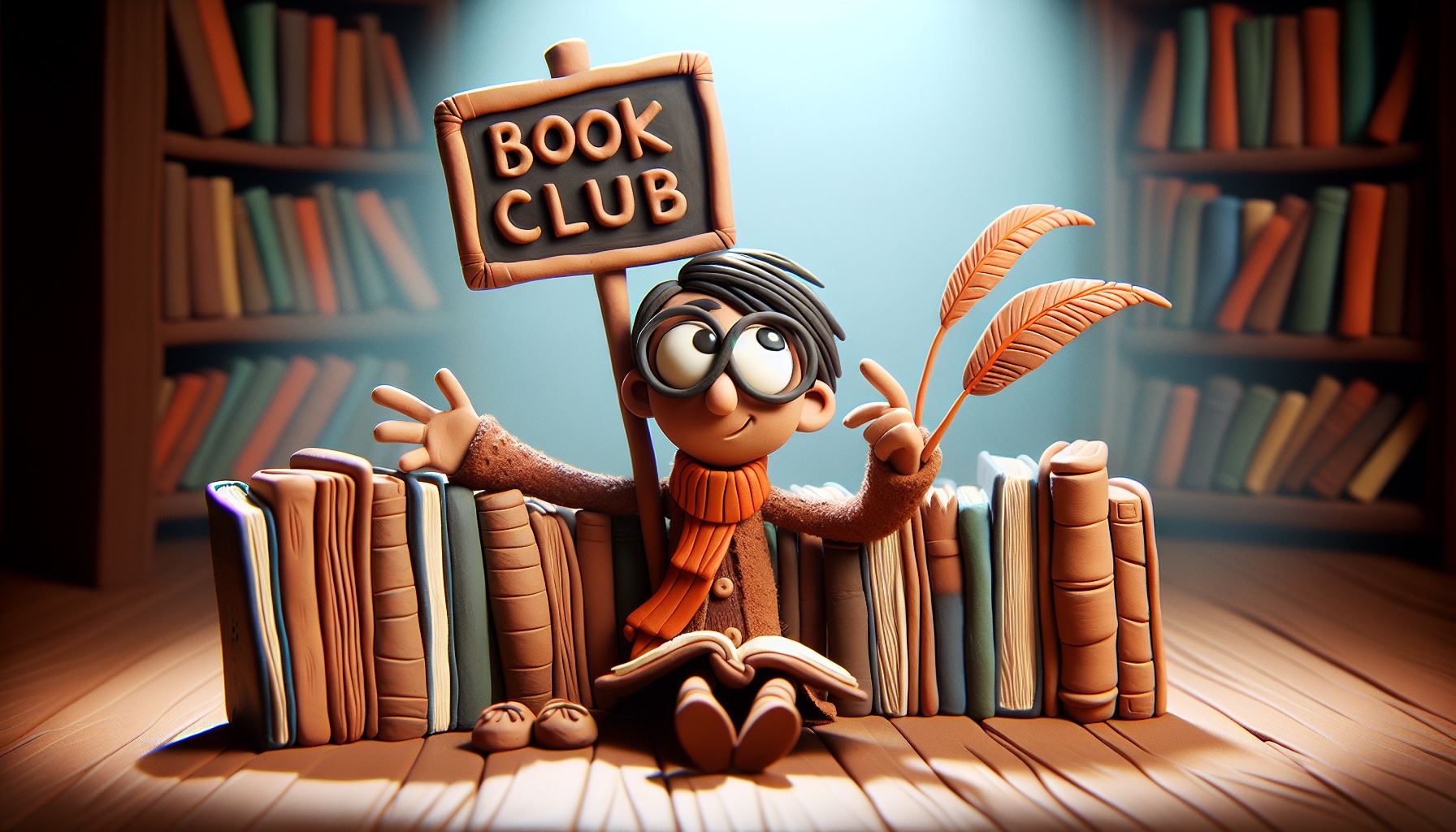As a writer, one of the things you surely enjoy most is reading. You have probably been advised countless times to read all kinds of books to improve your writing. You learn to write better by writing and reading! Right? But how can we make the most out of what we read to improve our skills? A reading log may be the answer.
Below, you will find our free reading log template to download and start logging your reading like a professional. But first, let’s take some time to explore what a reading log is and how to use it.
What Is a Reading Log?
A reading log is a record of all your readings where you write down not only all the books you read but all the aspects that you consider relevant. The most common reading logs include aspects such as the number of pages, the start and end date of reading, your opinion about the book, in what format you read it, or if you bought it or lent it to you.
But as writers, we should go a little further and look at the book more deeply, taking note of other aspects of the narrative that an average reader might not stop to analyze.
How to Get the Most Out of a Reading Log?
To get the most out of your reading log as a writer, you should include in your analysis not only your personal opinion but also those fragments of the text that catch your attention, literary devices that you liked or didn’t like and why, the type of narrator, the characters and their evolution in the story, the internal structure and external structure of the novel, and everything that you think makes the book relevant as a work of writing.
5 Tips to Get Out the Most of Your Reading
Regardless of the points you decide to mark in your reading log, there are a series of tips that will help you when reading like a professional writer:
1. Always Keep Your Notebook Nearby
Whether it is a physical or virtual notebook, always have it nearby when you read to jot down relevant book aspects.
2. Enjoy Your First Reading
Perhaps you, like me, believe that focusing on every detail and literary technique can take away the joy of reading. If you want to keep enjoying books as you did before, try reading more leisurely at first, and then go back and read the book again after finishing it, this time exploring its hidden secrets.
3. Write it All Down!
When you read, write or underline all the passages that catch your attention in some way, even if you are not sure why yet. Later, you can go back and analyze why those passages work.
4. Make Quick Highlights
If you are anything like me, you probably read anywhere: The beach, the park, the train, a coffee shop, or the doctor’s waiting room. Sometimes, it is not convenient to carry a notebook with you to take notes, and typing on your phone can be time-consuming and disrupt your reading flow.
One quick and easy way to highlight text in a book is to underline it. Personally, I don’t like to highlight in paperback books, but it’s something I can do easily on my Kindle. For paperback books, I always keep small Sticky Tabs Page Markers handy to mark any text on the pages.
After the first reading, I like to review all these markers with a fresh perspective, as I already know the whole story.
5. Do Some Research
After finishing the first reading, it might be interesting to conduct some research about the author and the context in which the work was written, especially when dealing with classic novels or books by foreign authors. This can provide you with a new perspective on the story you have just read.


Get Our Free Reading Log Template 👇
Feel free to download our free reading log template to print out and have better control of your reading progress. You can also use it as inspiration to create a similar reading log in your notebook or notes app. In any case, we hope that this post has been helpful to you and that you enjoy this new approach to reading!
👉 Get the Free Template: Story Planner Reading Log PDF.
